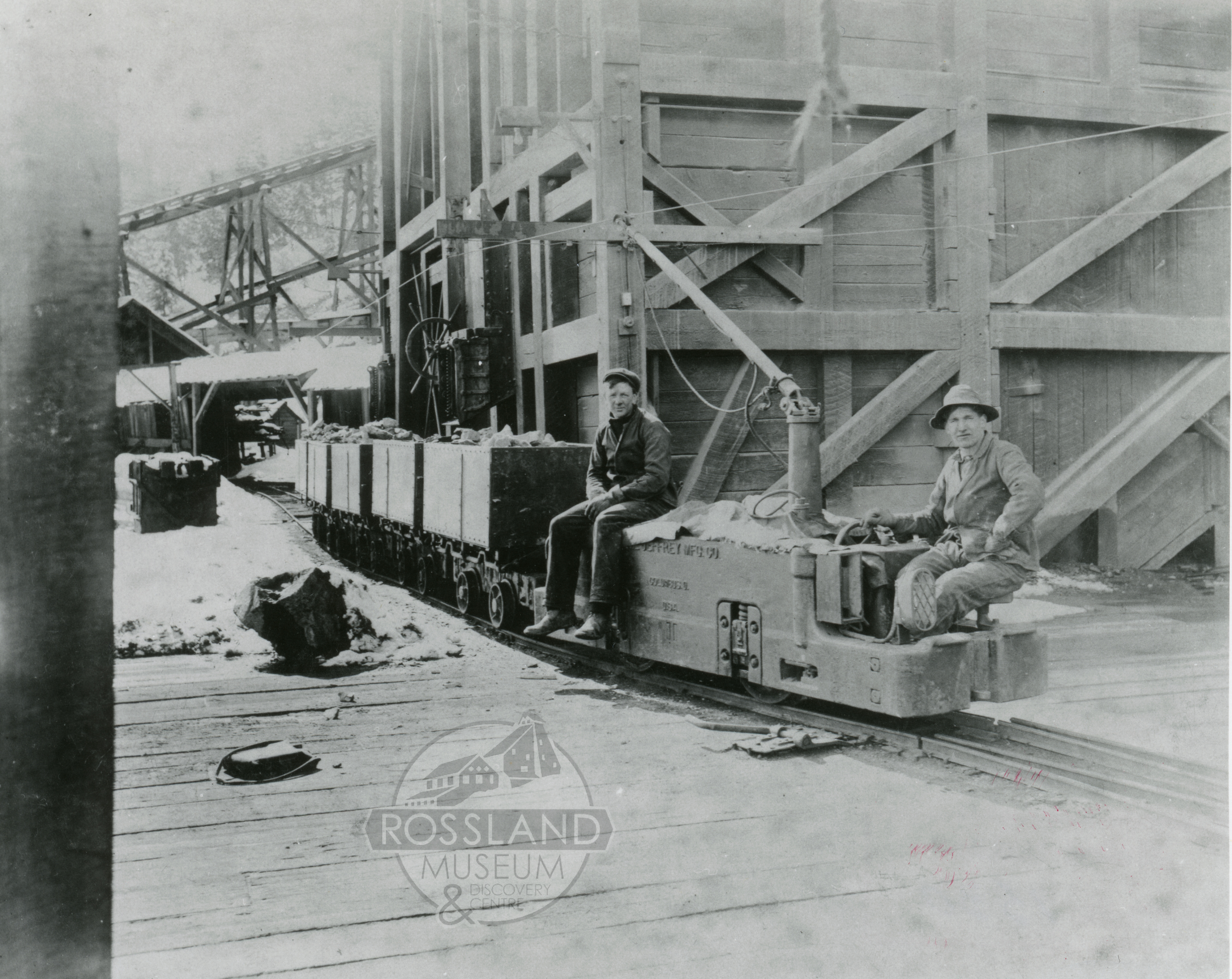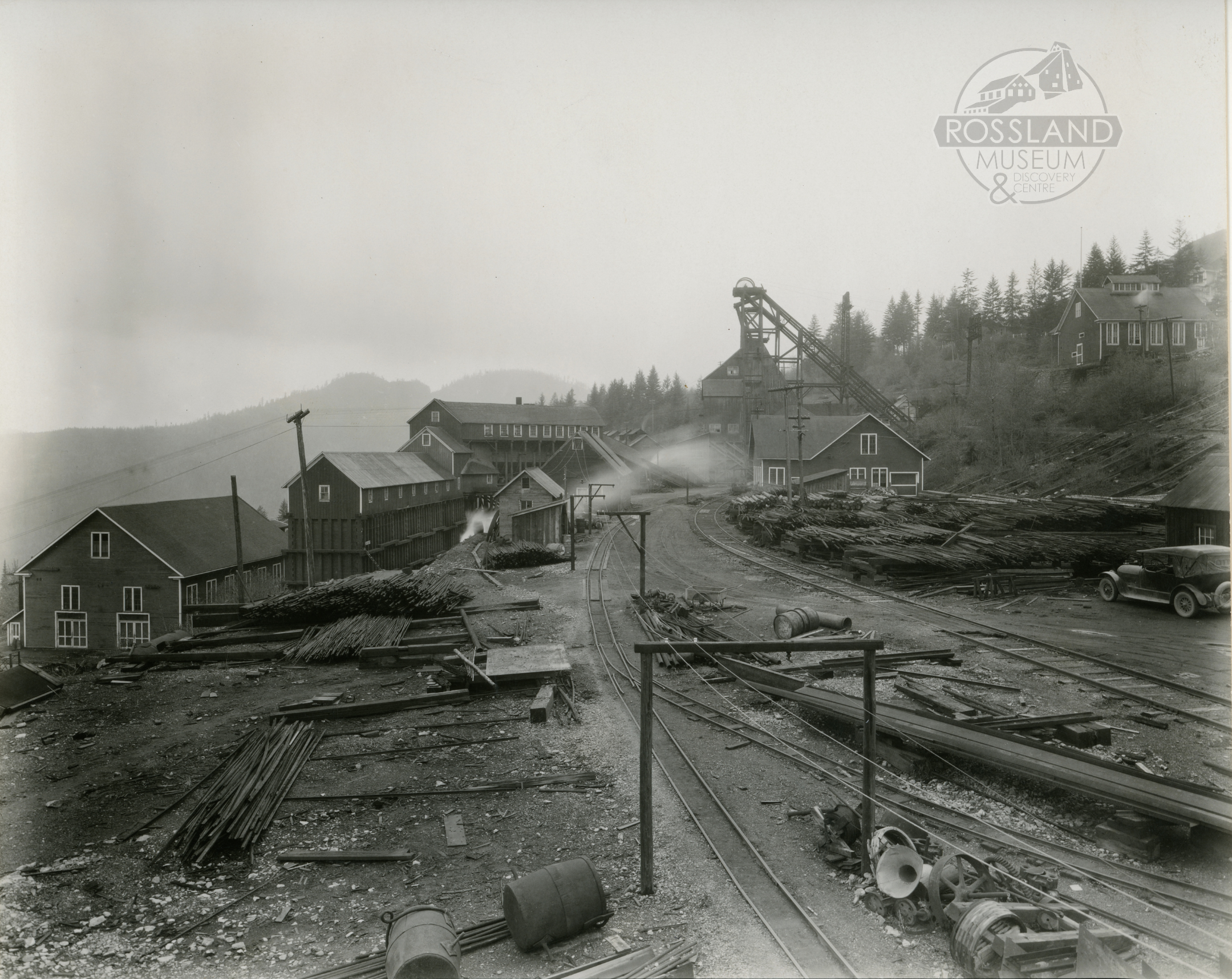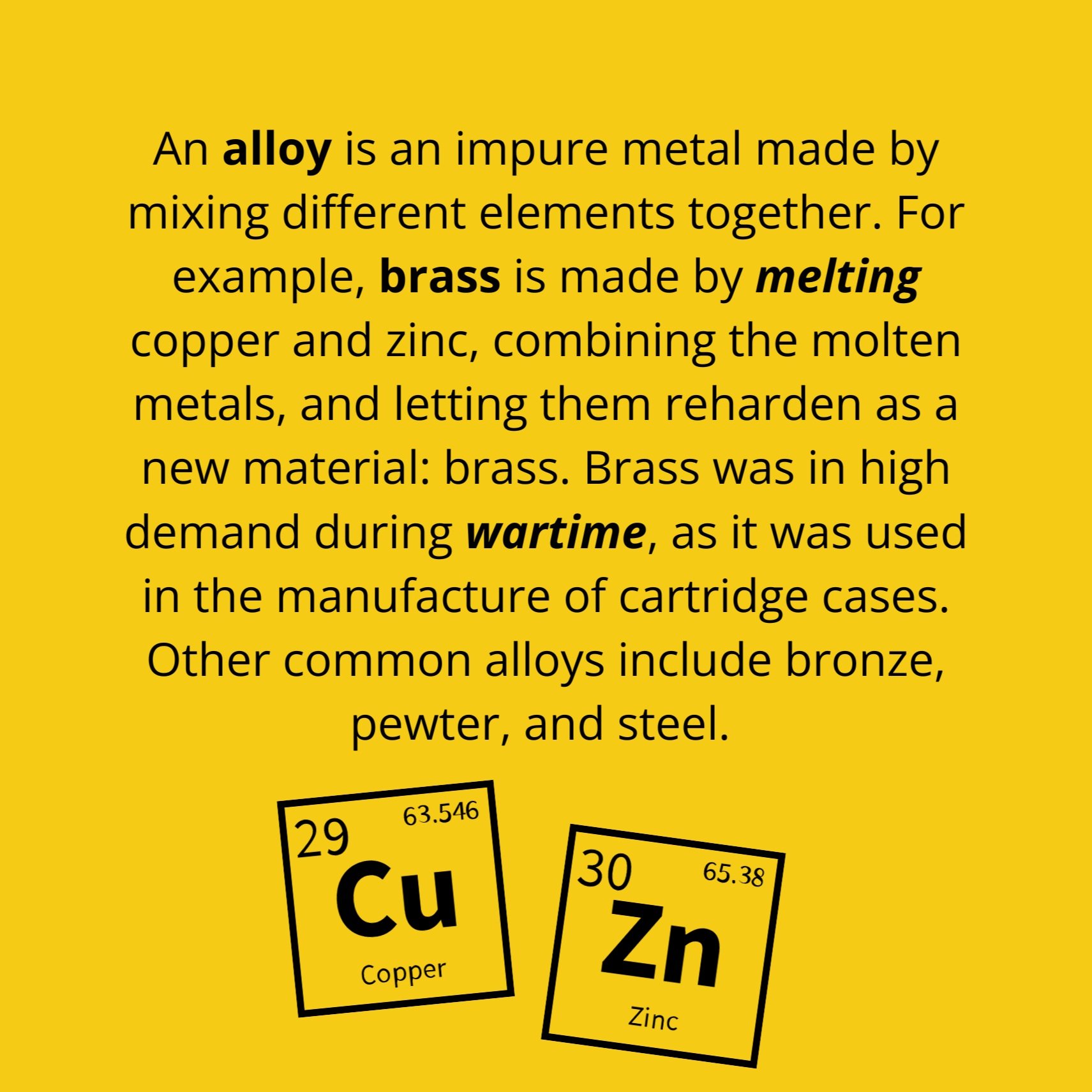The Rossland Mines
Gold Fever of the 19th Century
Following the California Gold Rush of 1848-49, ambitious prospectors scoured western North America, each dreaming of hitting the next lucky strike. Gold rushes in the Fraser River region (1858) and the Cariboo (1860s) drew hopeful eyes to British Columbia. However, while successful California “forty-niners” had uncovered placer gold deposits by panning for gold, which extracts placer or free gold with little to no processing, much of the gold in British Columbia - including all the gold in Red Mountain - was attached to other rock, such as quartz, and required “hard rock” or “lode” mining. Red Mountain would become famous for its gold, copper, silver, and zinc - but first, miners needed new technology to overcome these challenges.
Prospectors and government officials had been aware of valuable ore in the Kootenay region since at least the 1840, and the East Kootenays experienced a gold rush in the 1860s when placer gold deposits were discovered at Wild Horse Creek (north of Cranbrook - Fort Steele). Once these deposits were exhausted, however, transportation capabilities and mining technology just weren’t available to make the industry profitable in this remote and mountainous region.
The first claim near present-day Rossland was staked in 1887. The quality of the gold was good, and smelting technology had developed since the 1860s to enable the extraction of copper-gold ore from a hard-rock base, but moving equipment and ore up and down the “hill” just couldn’t be done without major capital.
The Red Mountain Gold Rush Begins
When Joe Moris and Joe Bourgeois, two French-Canadian prospectors, came to Red Mountain a couple of years later, they were impressed. They took ten ore samples from the area, four of which were encouraging. In July 1890, the duo identified and - along with their assayer, Eugene Topping of Nelson, who financed the endeavour - staked five claims on Red Mountain: Centre Star, War Eagle, Virginia, Idaho, and Le Wise. Topping paid $12.50 for the five claims and selected the Le Wise (which he promptly renamed the Le Roi) for himself.
Photo 2304.0074: Centre Star Mine, circa 1900
As the first mines on Red Mountain proved promising, prospectors flocked to the area, building the tent camp that would become the City of Rossland. Moving ore up and down the hill was still a challenge, but miners and investors were beginning to find solutions.
2318.0078: Sternwheeler SS Kokanee at Nelson, BC, circa 1914
Aerial trams carried Kootenay ore from mining sites to be loaded onto wagon, boat, or rail, and taken from there to smelters in neighbouring Washington or Montana.
Settlers built a wagon road between Rossland and Trail in 1892.
The Columbia and Kootenay Steam Navigation Company introduced sternwheeler steamboats to the Columbia River in 1890.
Railways would follow shortly. Mining on Red Mountain had begun in earnest.
#46-67 Sourdough Alley, Rossland, 1895
Founding of Rossland
In January 1892, prospector Ross Thompson determined that there was a future in real estate on Red Mountain. He pre-empted 160 acres of land for the townsite and named it Rossland, after himself. The town’s population reached 3,000 by 1895 and climbed to 7,000 by 1898 - by which time it had been officially incorporated as the City of Rossland (March 18, 1897).
Individual prospectors and big investors staked claims all over Red Mountain and the surrounding region. With the opening of the railways by 1896, the construction of a Smelter in Trail by 1896, and the West Kootenay Power & Light Company’s introduction of electricity to town by 1897, Rossland was well on its way to becoming one of the largest gold producers in British Columbia.
Photo 2318.0155: Looking north over the Columbia River towards the Trail Smelter (now owned and operated by Teck), date unknown
Railways of Rossland
Photo 2309.0235: Great Northern train leaving Rossland, date unknown.
Access was key to the development of mining in Rossland. By the early 1890s, two investors were racing to build a railway up Red Mountain: Americans Fritz Augustus Heinze and Daniel Corbin. Heinze intended to build a smelter at Trail Creek Landing on the banks of the Columbia River and connect it by rail to Red Mountain. Meanwhile, Corbin planned to connect the Rossland mines to the rail network that was already being established in the northern United States, so that Rossland ore could continue to be processed by American smelters.
Heinze’s smelter and Columbia & Western Railway were running by June 1896, while Corbin’s Red Mountain Railway was completed in December of that same year. Neither investor stayed in the game for long: Canadian Pacific Railway (CPR) bought both the Red Mountain Railway and the Smelter from Heinze in 1898. Corbin’s Red Mountain Railway was bought out by Great Northern - also in 1898! The CPR train down the Rossland hill quickly became the main method of transporting ore from the Rossland mines to the Trail smelter.
Power in Rossland
Electricity produced by hydroelectric dams powered rope-drive compressors like the ones in the Centre Star Compressor Room (pictured). These in turn powered the pneumatic drills, hoists, and other underground mining equipment, enabling early miners to profitably extract Red Mountain’s hard quartz-based ore.
Miners of Rossland
Rossland’s underground mines required hard work - lots of it. While mine superintendents played an important role in the administration side of the operation, they were far outnumbered by the workers - production miners, timbermen, muckers, assayers, surveyors, blacksmiths, sanitary nippers, and more! Thanks in part to the large influx of American miners, Rossland was also the site of the first Canadian branch of the Western Federation of Miners (WFM), Local 38. While Canadian labour laws during Rossland’s early days sided heavily with the mine owners, turn-of-the-century miners famously fought for - and won - better wages and working conditions.
#28-3392: Olaus Jeldness (left, pictured circa 1899), was superintendent at the Velvet Mine in the mid-1890s. He is better known in Rossland as the father of competetive skiing.
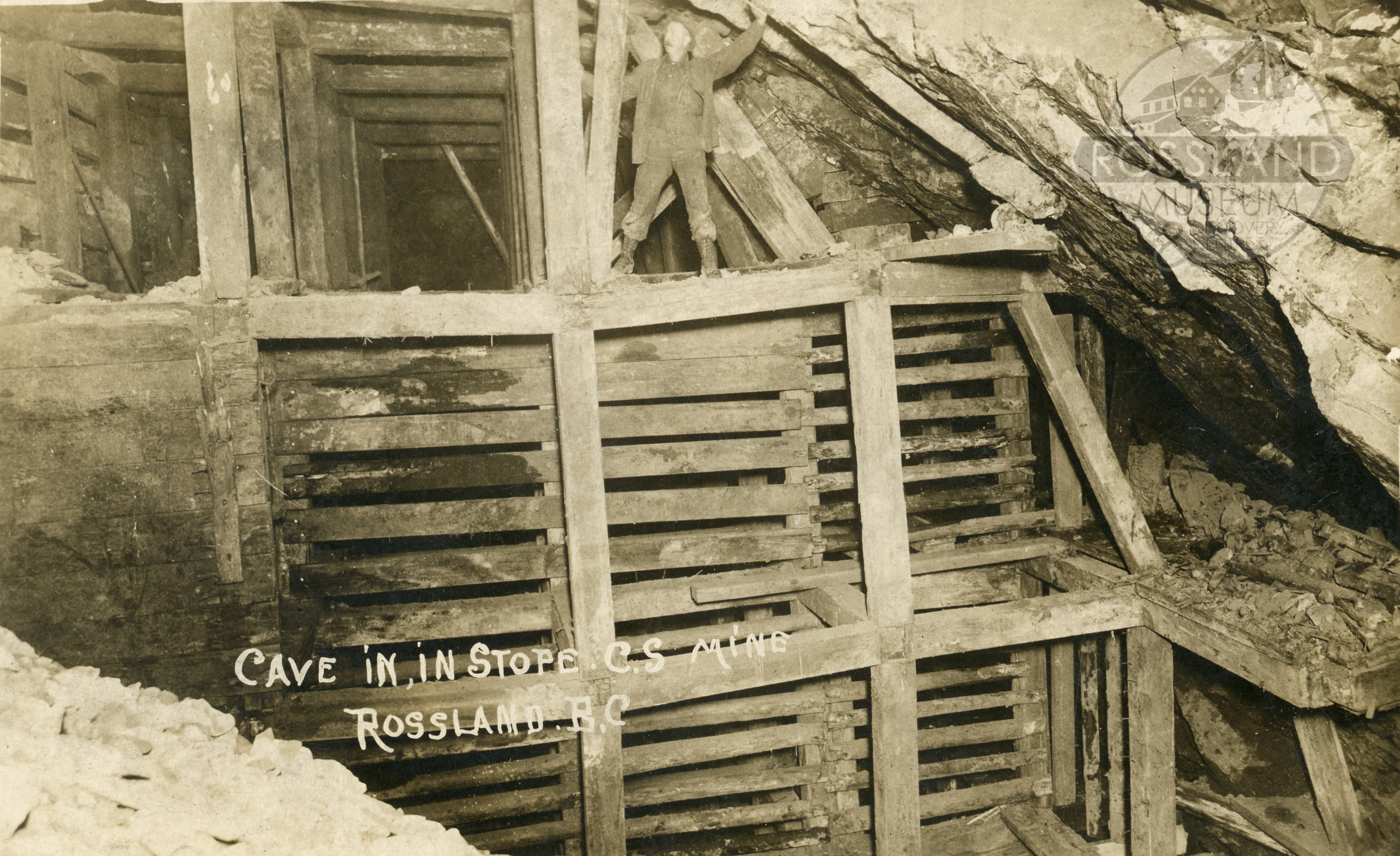
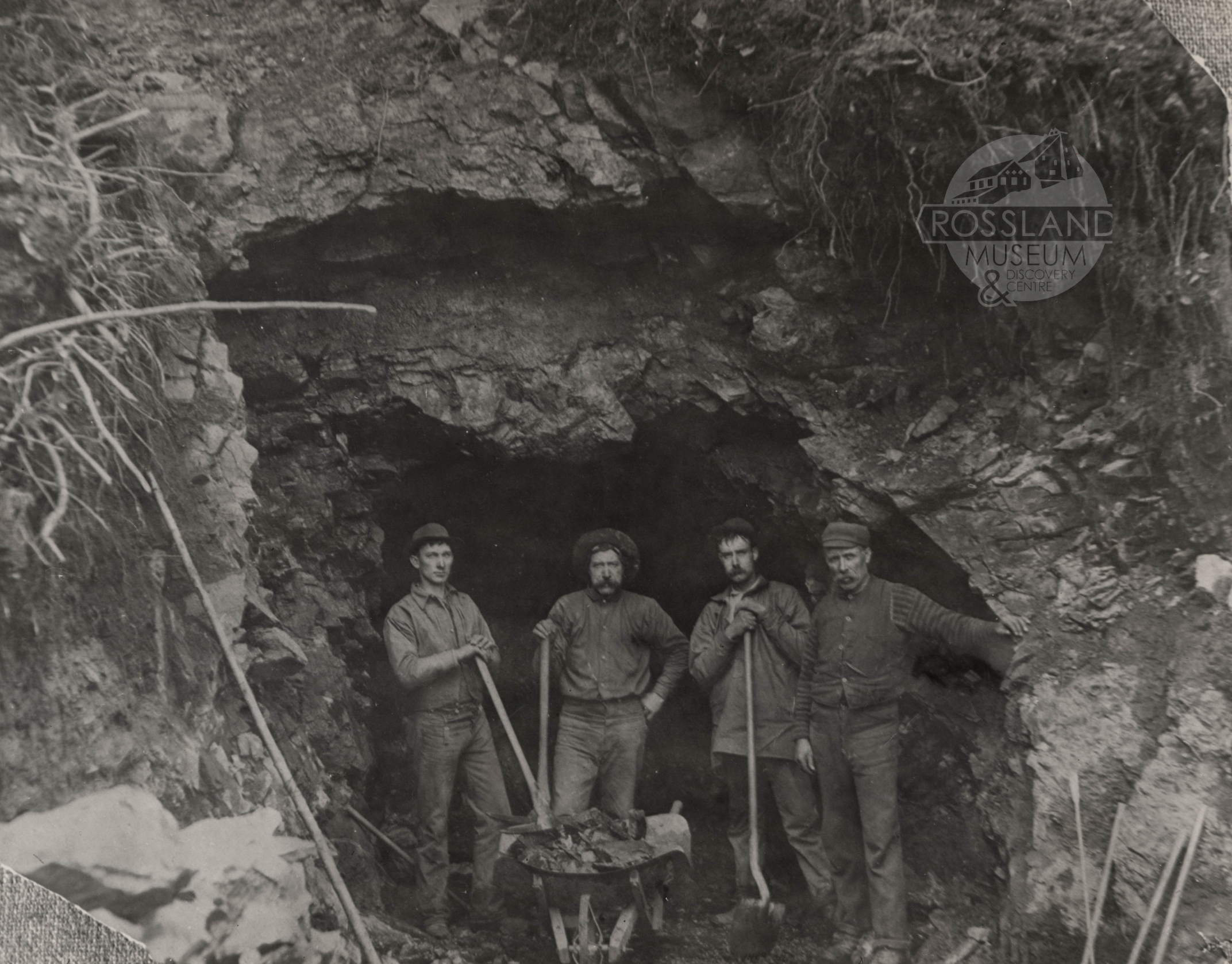
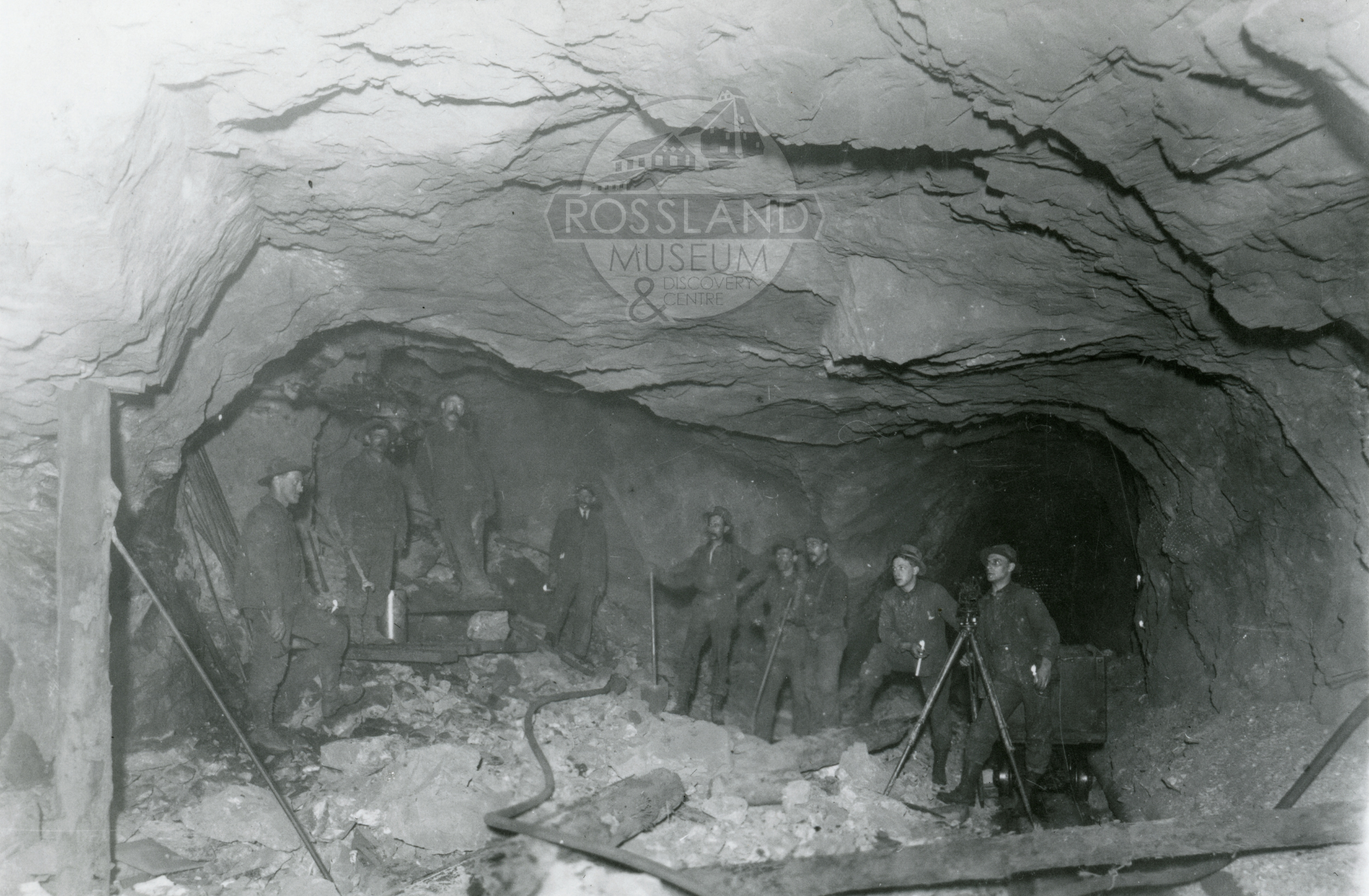
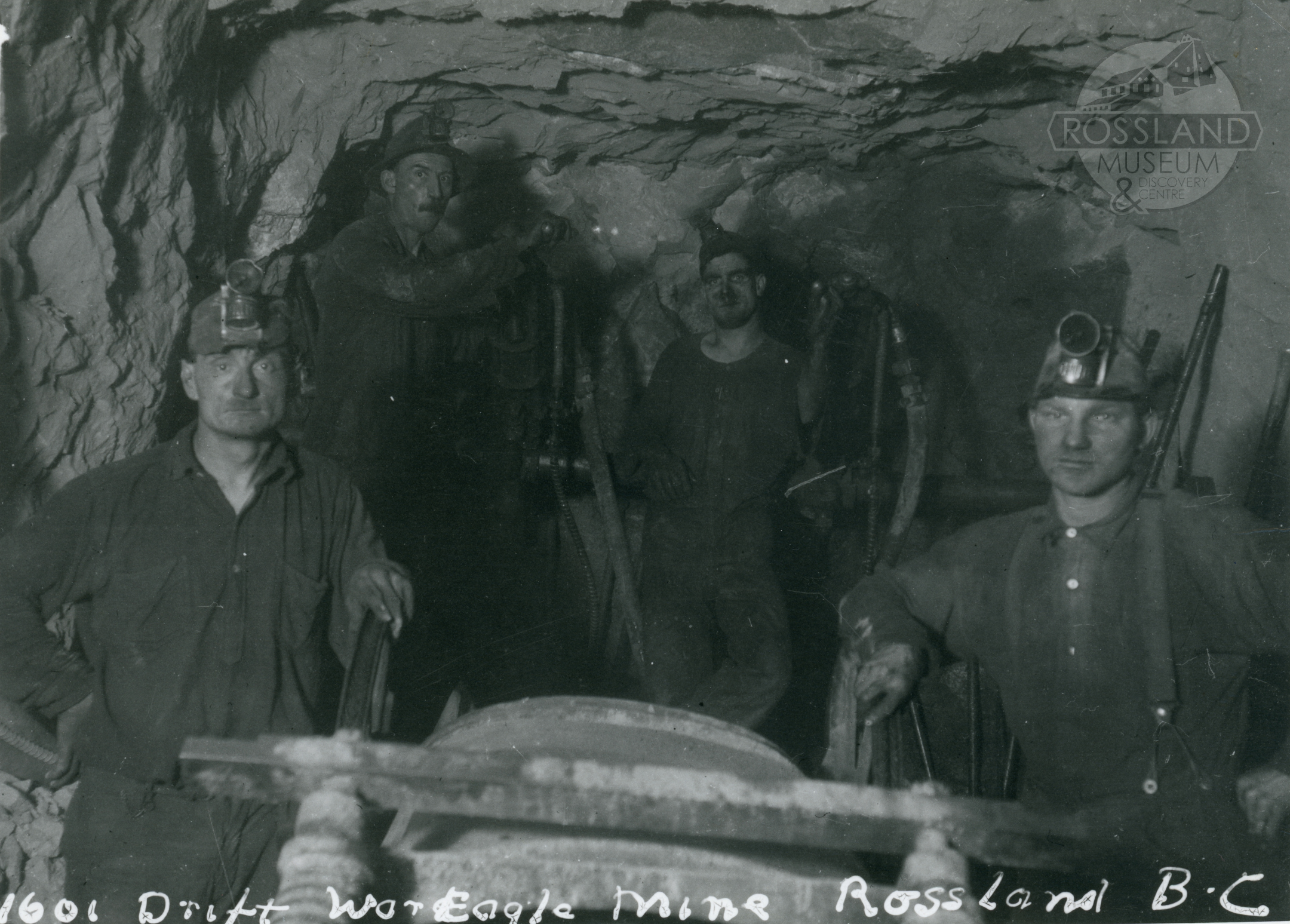
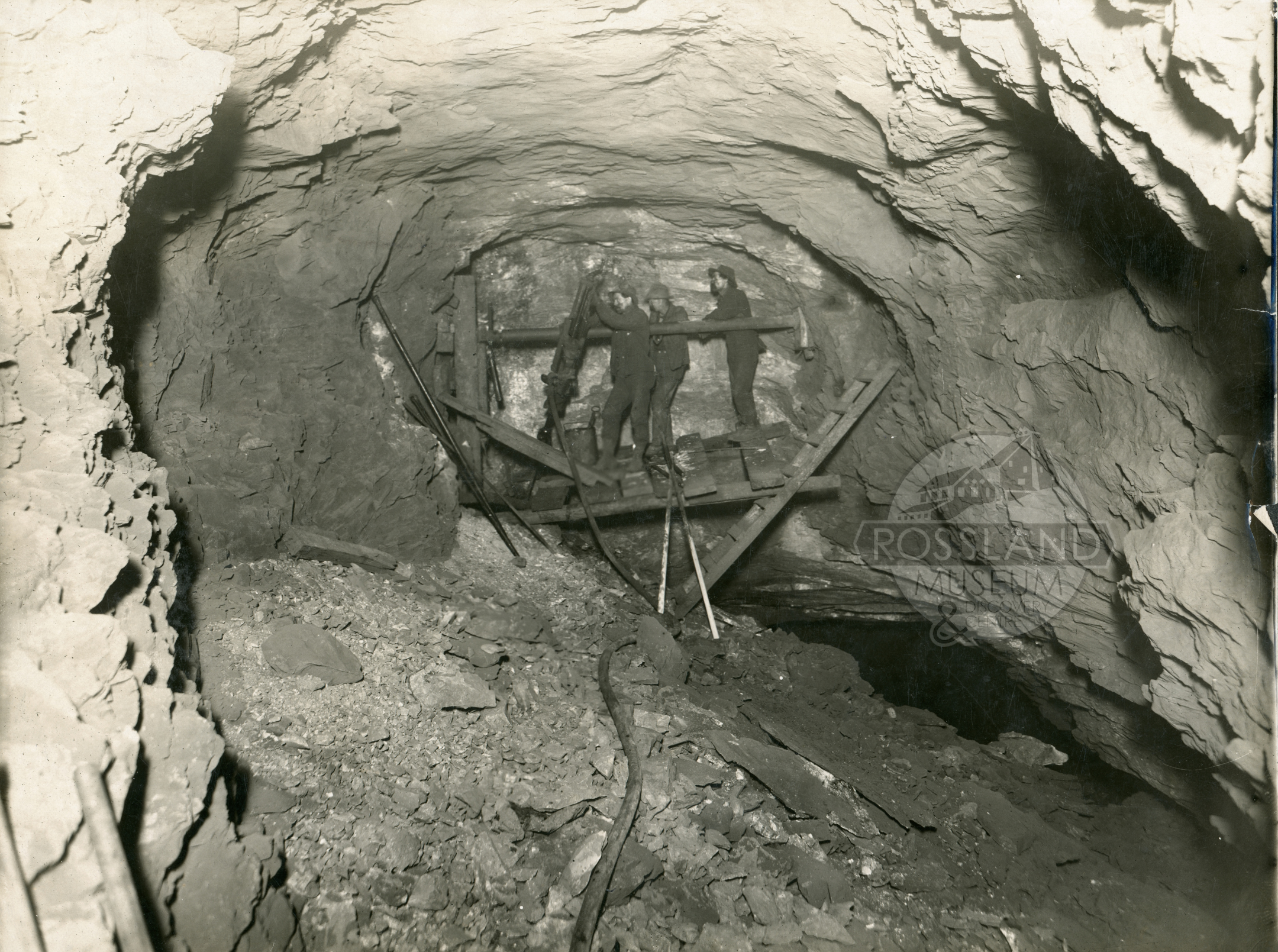


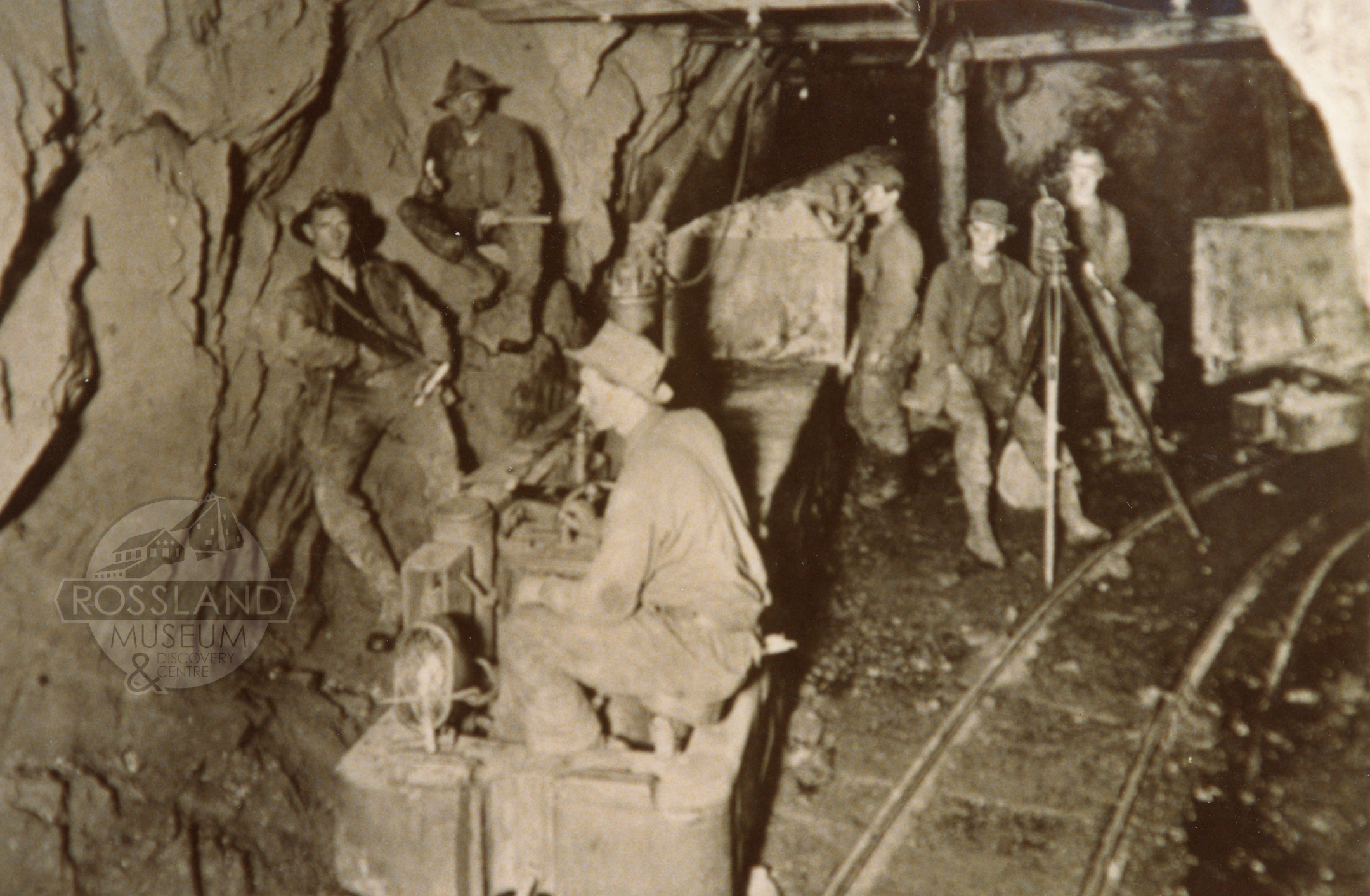
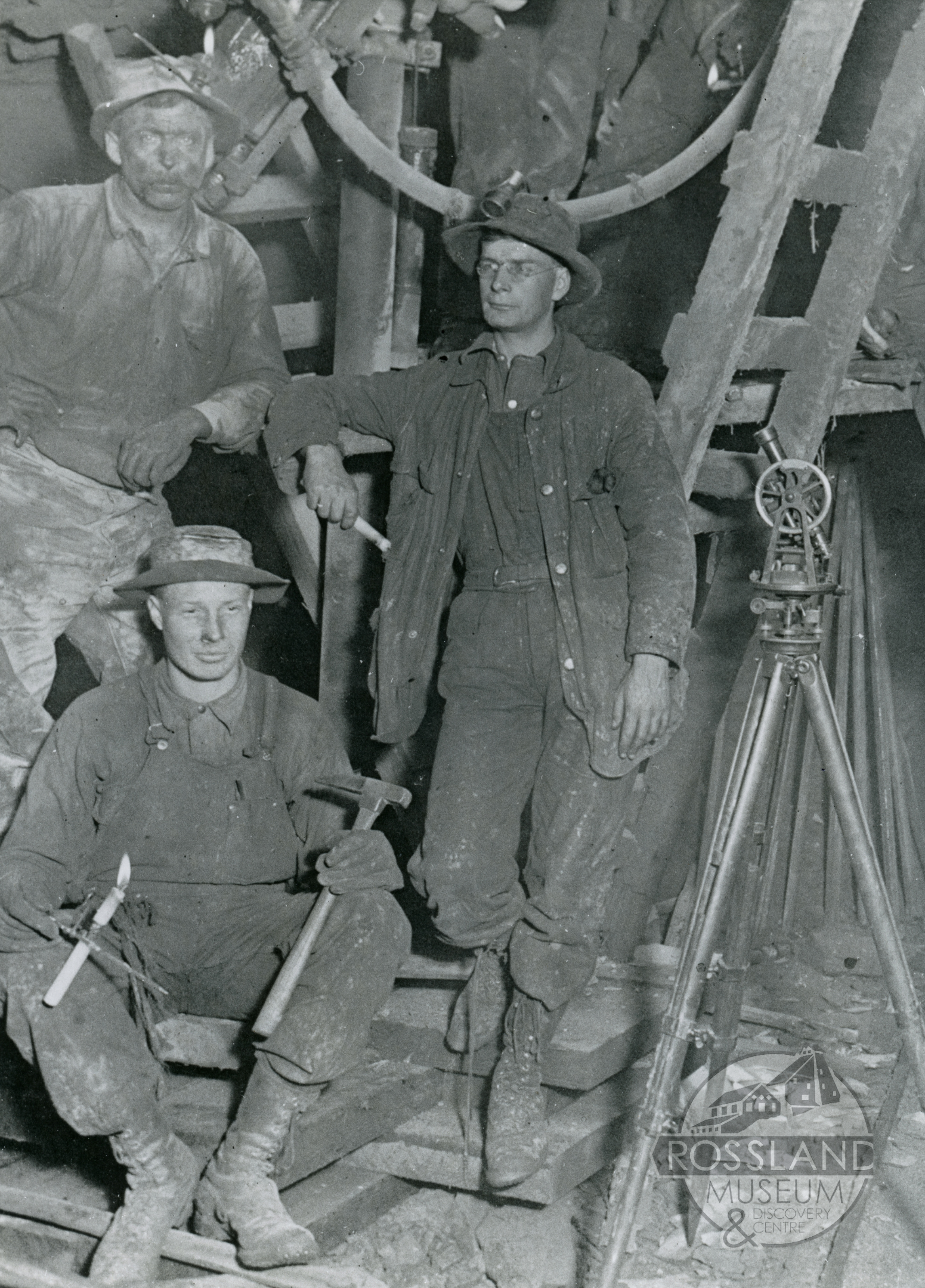
The End of an Era
Red Mountain Mines - most notably, the Le Roi, the Centre Star, the War Eagle, the Josie, and the Black Bear mines - continued to produce gold, copper, silver, and zinc well into the 20th Century. Over time, the Le Roi mine (which Topping bought for $12.50 in 1890) grossed roughly 24 million grams (roughly 53,000 lbs) of gold, while the Centre Star produced over 34 million grams (~75,000 lbs) of gold. Rossland was by far the most profitable district of the Trail Creek Mining Camp (which spanned from Grand Forks to Castlegar) and one of the highest gold-producing regions of British Columbia.
Rossland’s gold boom continued until the 1920s. However, the market value of copper plummeted following the First World War, and the high-production mines, most of which were then owned by the Consolidated Mining and Smelting Company (CM&S, subsequently Cominco, now Teck), finally closed in 1929.
Ore from the Rossland mines continued to be processed until the 1960s, and active prospecting on Red Mountain continues to this day.
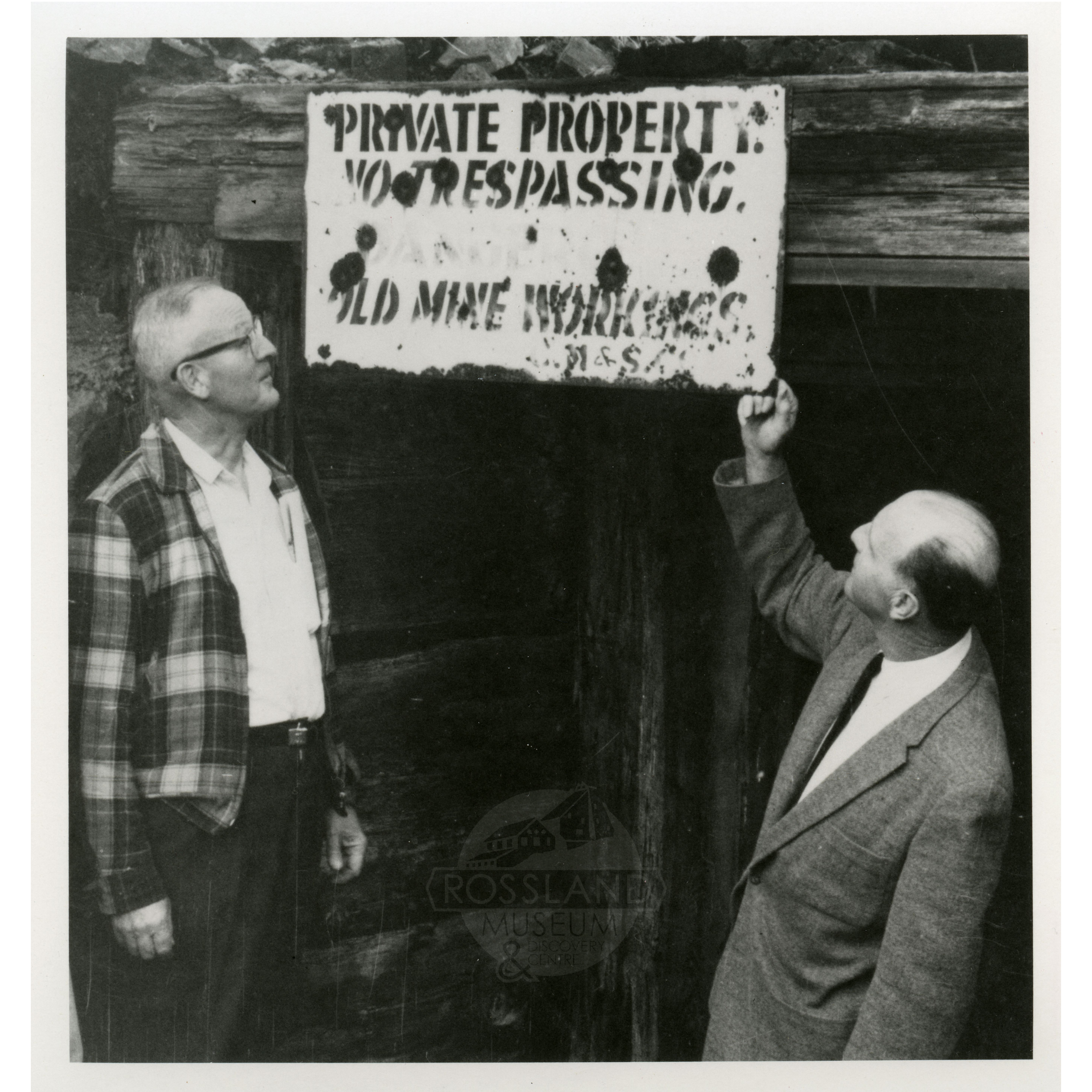
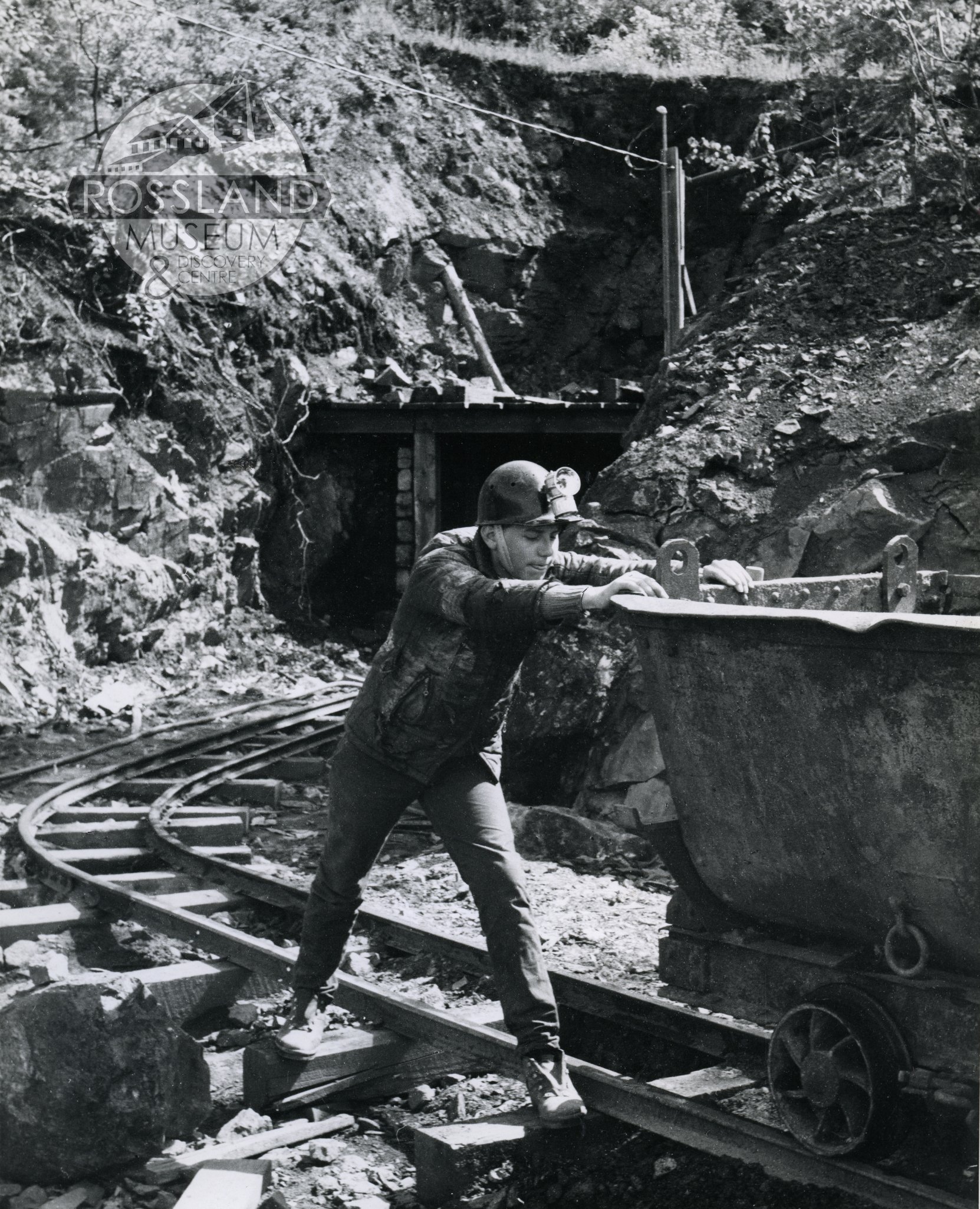
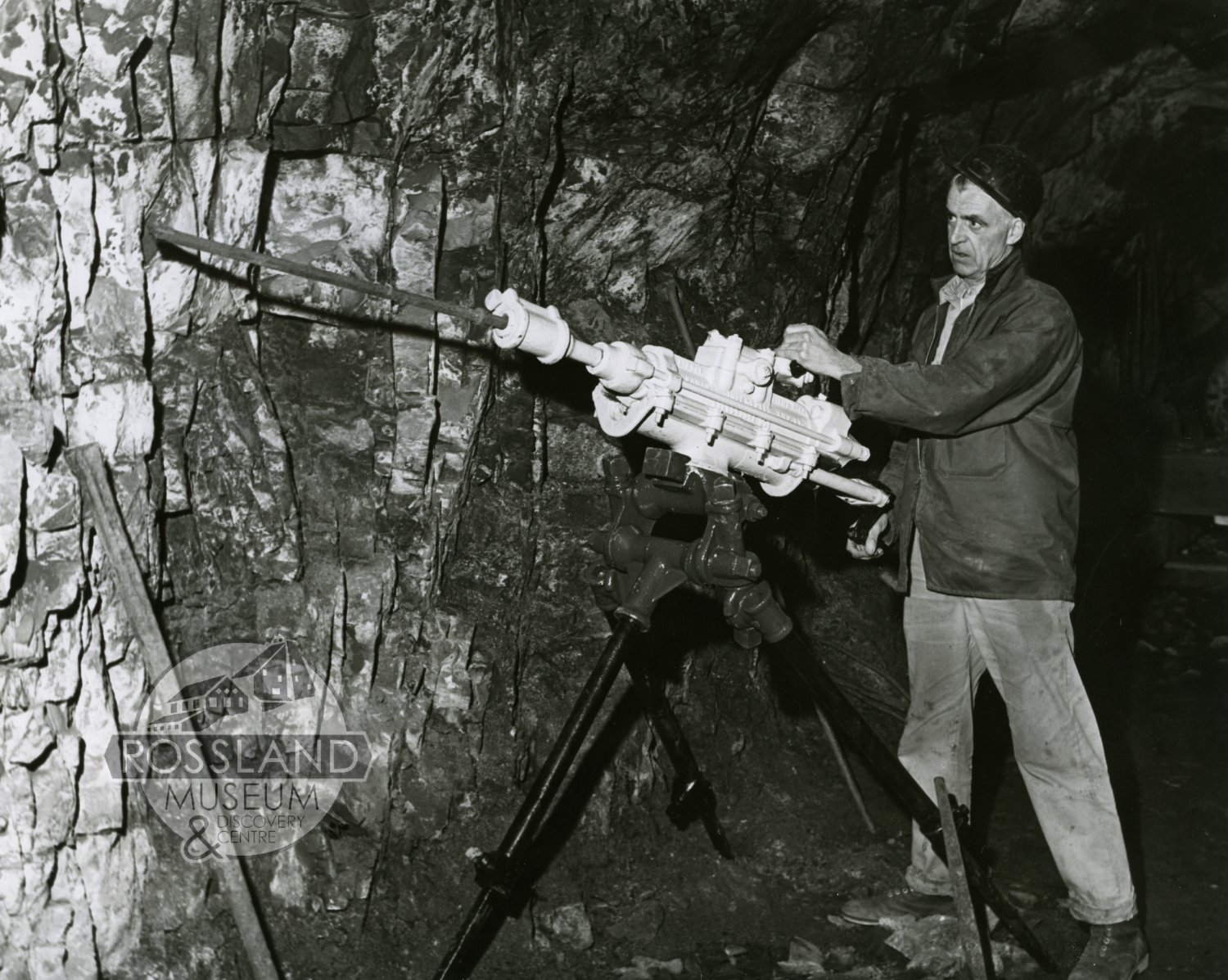
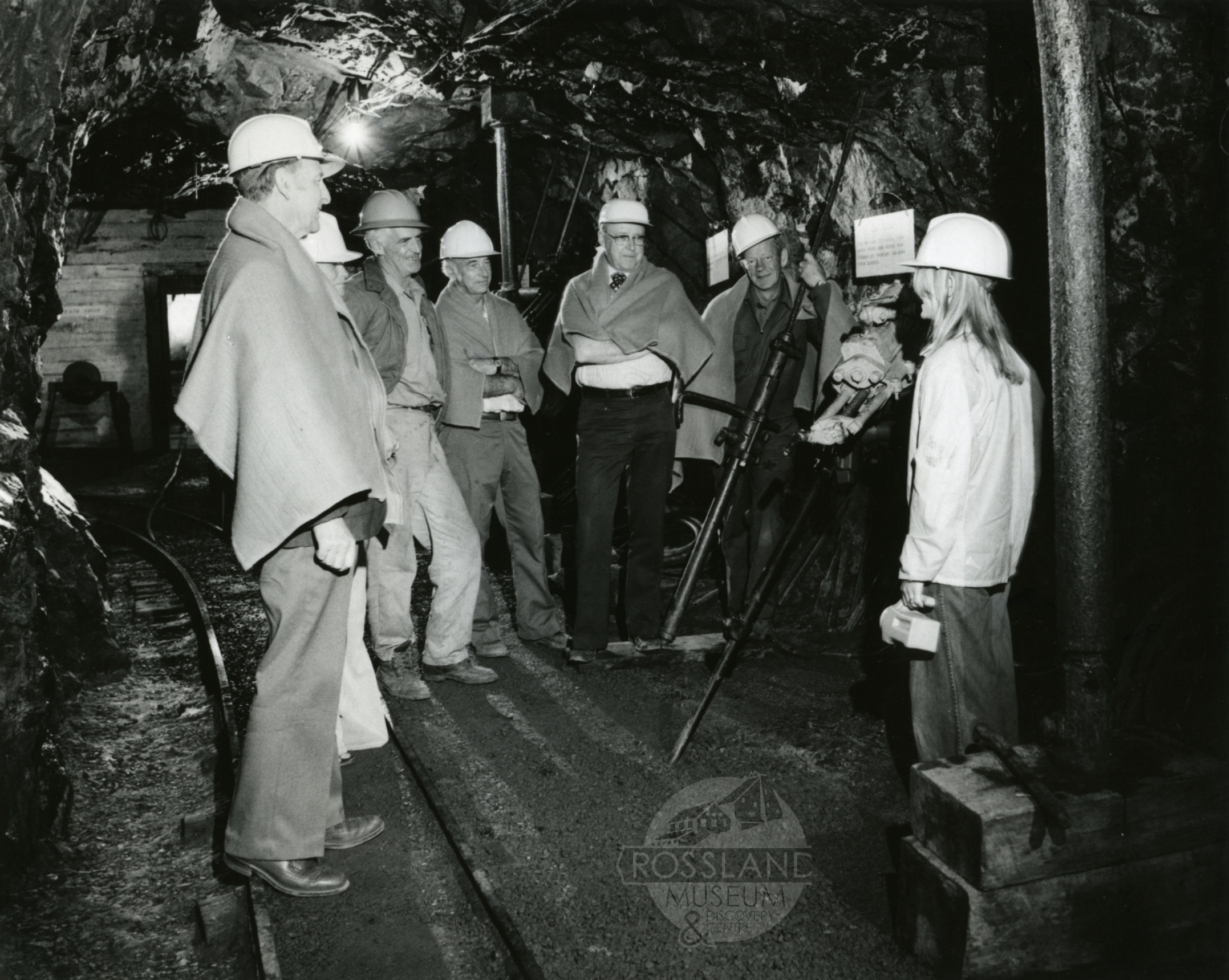
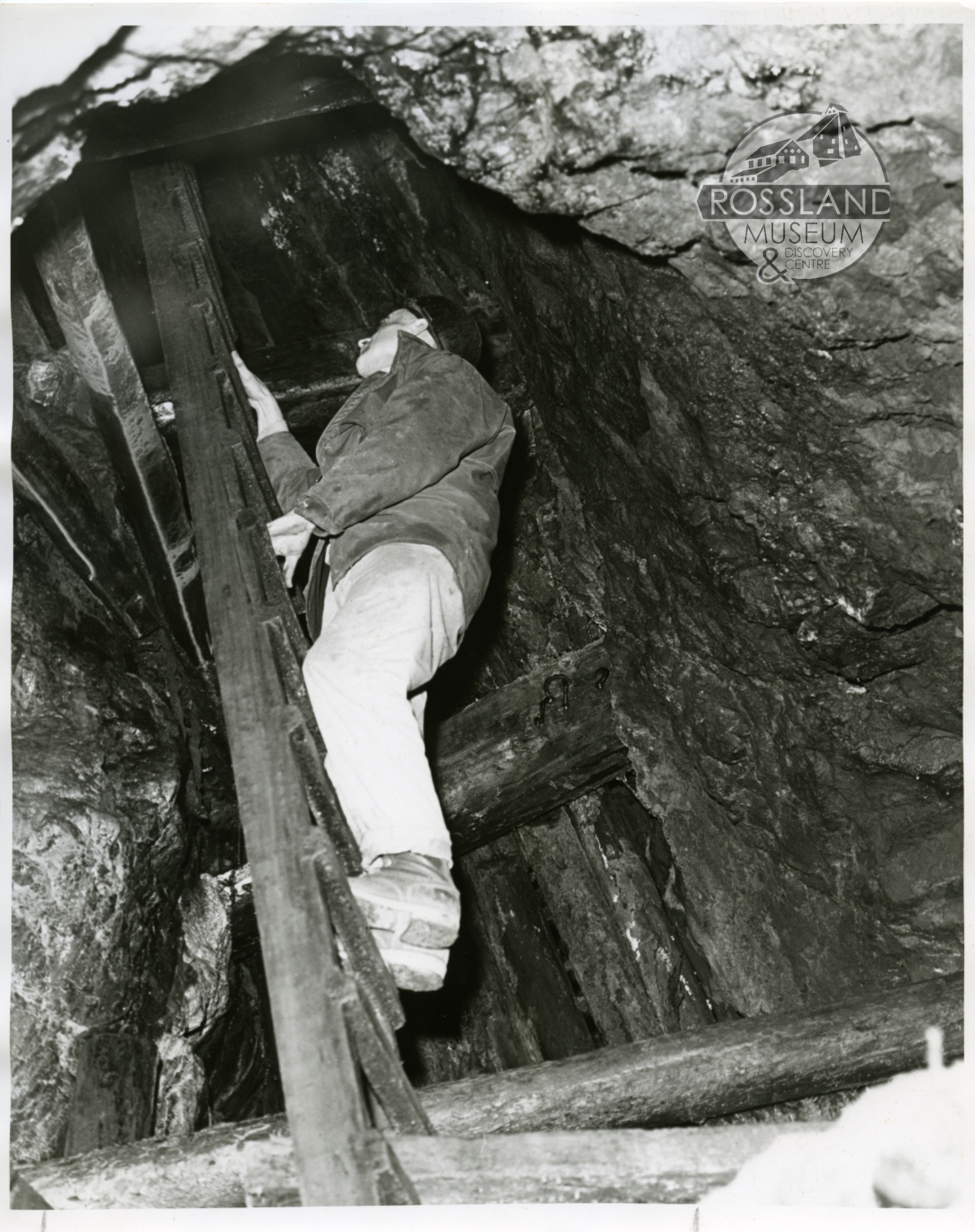
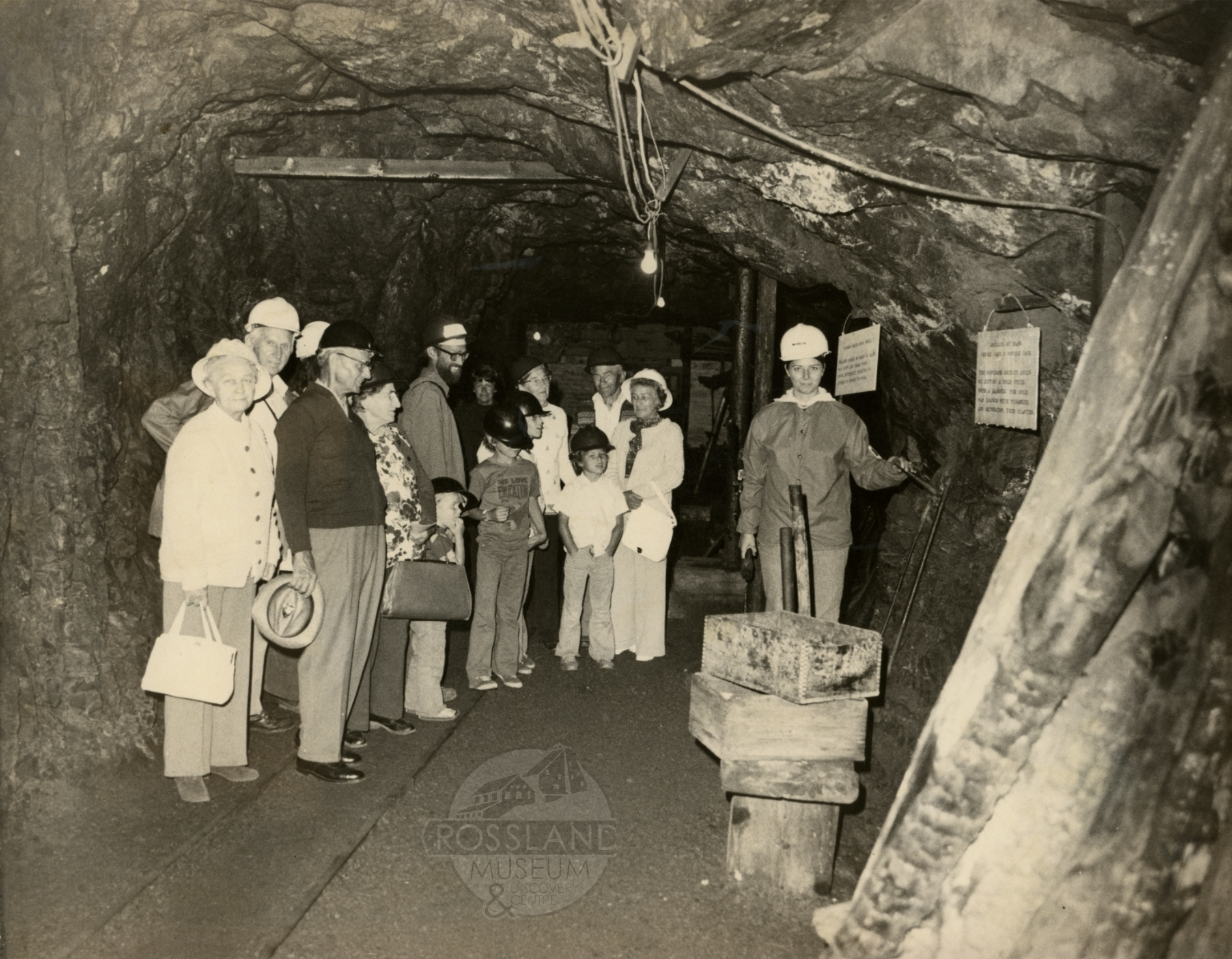
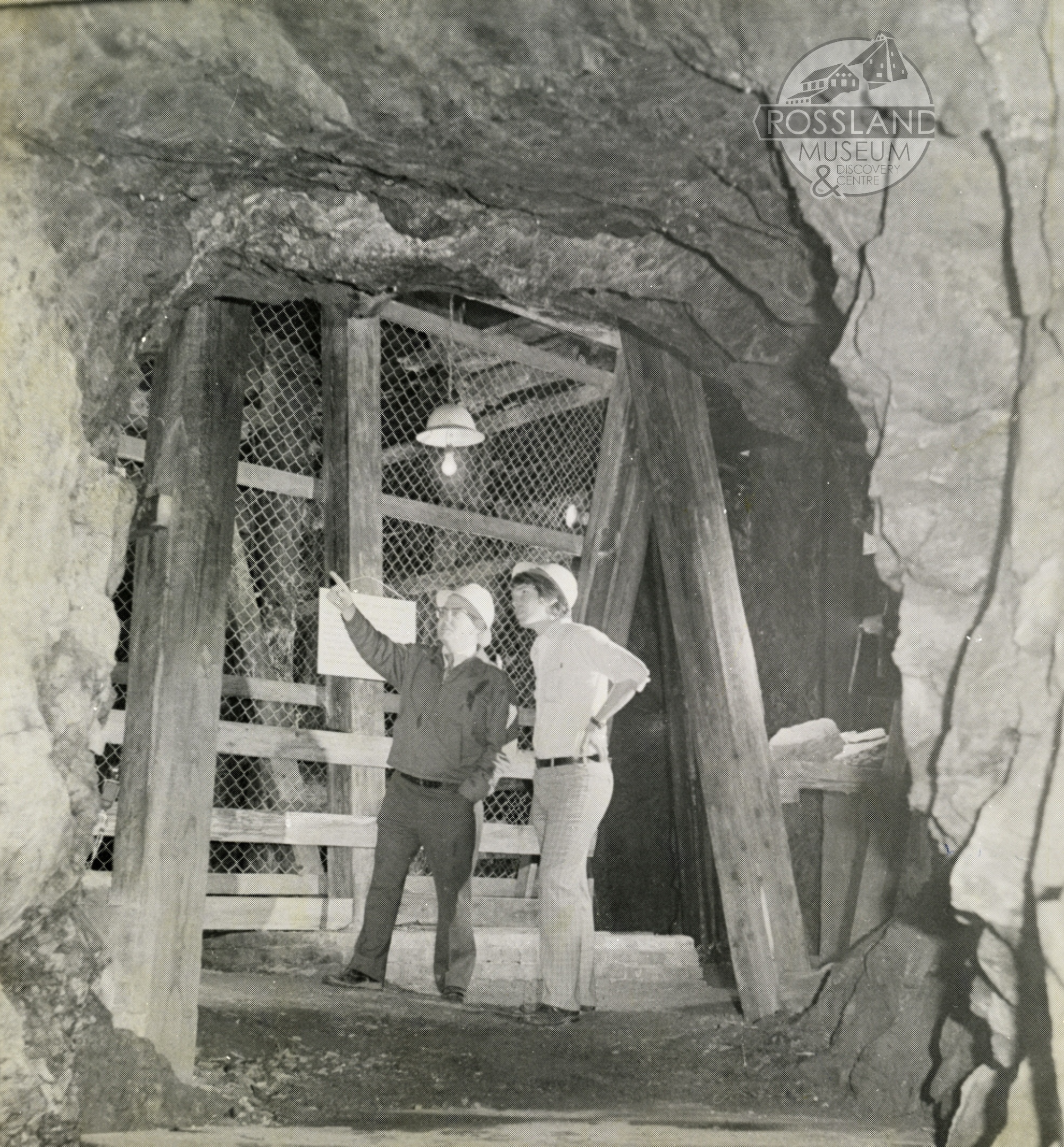
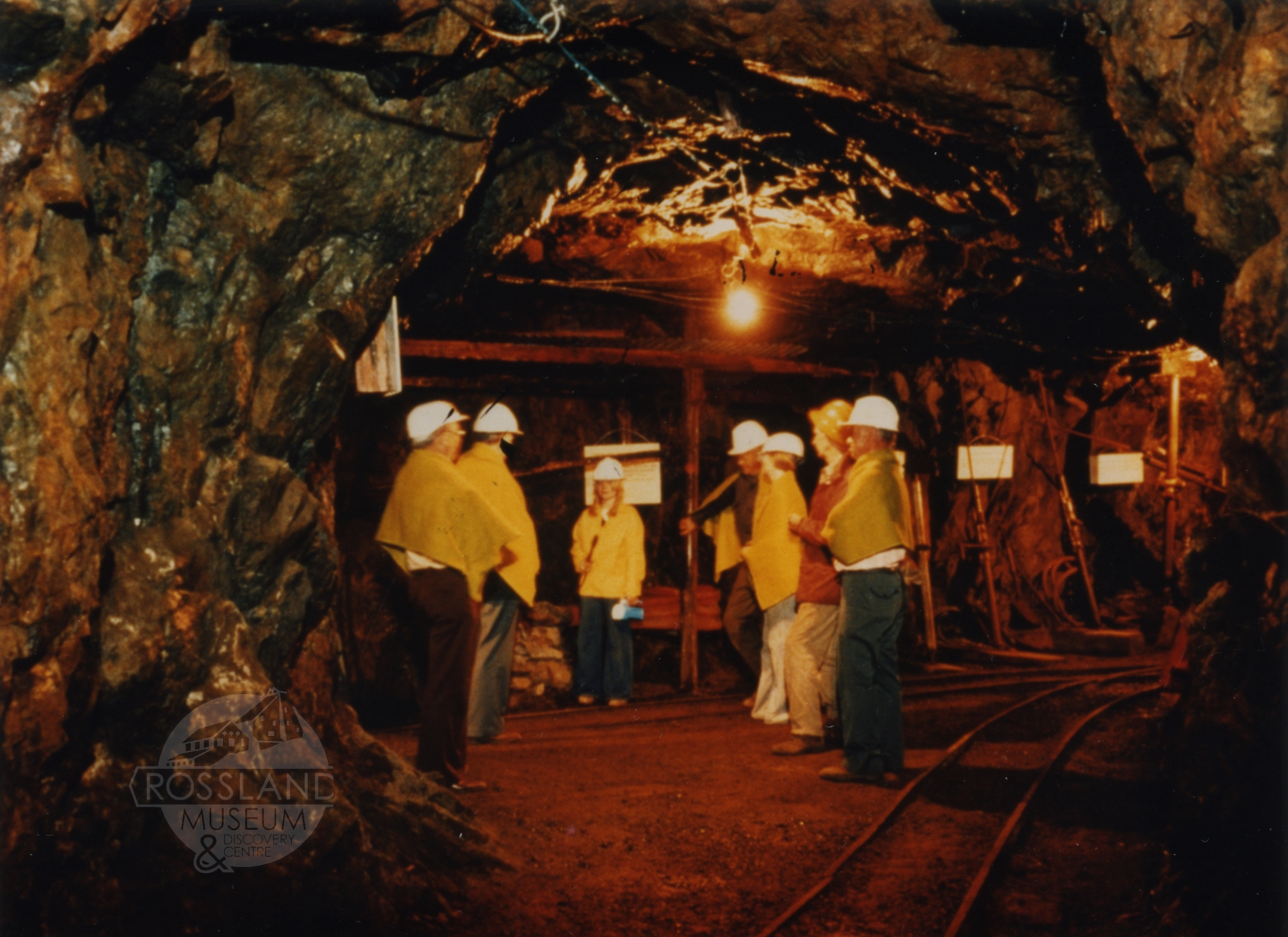

The Rossland Museum
In the 1960s, the Rossland Centennial Committee decided that the Black Bear Mine was the perfect site for a new museum. Thanks to Jack McDonald, Roger Terhune, and many other dedicated community members, the present Museum building was opened in 1967. Underground mine tours through the Black Bear Adit were offered from 1967 until 2009, when they were closed due to long-term safety concerns. Visit the Museum to learn more about our mining history and our Renewal Phase II: The Mine Experience!
Sources:
Carlyle, William A. Report on the Trail Creek Mining District. Ministry of Mines, 1896.
Mouat, Jeremy. Roaring Days: Rossland's Mines and the History of British Columbia. Vancouver: UBC Press, 1995.
The Rossland Miner Newspaper. Collection of the Rossland Museum & Discovery Centre.
Continue the Indoor Tour:









